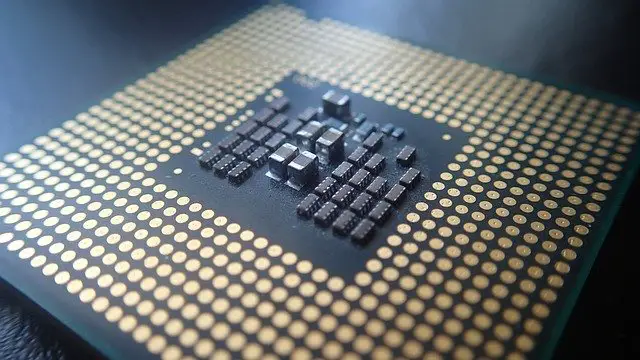Without a CPU, a computer would be useless. The main processor (Central Processing Unit) is responsible for the control, regulation and control of other modules and hardware components. Its performance is critical to the performance of the entire system. The models available on the market differ not only in terms of their price, but also in terms of essential features such as cores and clock rates. Whether a processor suits you or not depends – roughly simplified – on one question: For what purpose would you like to use your PC?

Image by Tobias Dahlberg from Pixabay
AMD or Intel – a matter of belief
When it comes to purchasing a CPU, there are initially only two options: you can choose an AMD processor or choose a model from Intel. Both manufacturers offer different processors for every performance range. For a long time, Intel CPUs were ahead. With the production of modern Ryzen processors, such as the AMD Ryzen 3000, AMD was able to catch up. Today, the CPUs of both manufacturers are socially acceptable and convince with their respective advantages and disadvantages.
The most important key figure: performance
Processor performance is made up of various factors. The number of cores is of crucial importance: It provides information about how many tasks the processor can process in parallel. Modern CPUs are also technologically capable of performing several tasks simultaneously with just one core. As part of the so-called Hyper-Threading (Intel) or Simultaneous Multithreading (AMD), they show the operating system more cores than actually available – and thus enable better utilization of the CPU. The clock rate is also decisive for the processor performance. It describes the number of vibrations that a CPU can process per second and is specified in gigahertz (GHz) or megahertz (MHz). Basically, better processors are characterized by a higher clock rate. However, the manufacturers often only state the maximum clock rate on their data sheets. These values cannot be maintained permanently in everyday life. The basic or standard clock rate is therefore more important. Whether and how long the CPU can work above this power depends primarily on the cooling.

To ensure smooth use of the Windows 10 operating system, Microsoft updated the CPU requirements at the end of last year. The version Windows 10 1903 is only supported for AMD processors from the seventh generation. Intel chips support the i3, i5, i7 and i9-10XXX series, among others.
The importance of cooling performance
Processors convert a large part of the energy into heat. This waste heat can lead to overheating, which can lead to malfunctions or even destruction of the CPU. For this reason, additional cooling is essential in modern computers. In normal operation, a cooling capacity of up to 105 watts is usually sufficient. But there are also chips that require up to 250 watts under load.
Benchmarks and technical data
Basically, a lot of useful information can be read from benchmarks and technical data. However, a precise assessment of the processor performance requires a certain understanding of the microarchitecture and the associated features. Without this knowledge, only a rough assessment is possible.
Tips for buying a processor
Many cores and a high clock rate can be advantageous, but cause higher costs. Which performance makes sense largely depends on the planned use. If you only want to surf the Internet with your computer, cheap CPUs with two cores are usually enough. The same applies to office applications. Current PC games require at least four cores. In this context, however, only processors with six or eight cores are future-proof. If you use certain programs, it is worth taking a look at the manufacturer’s information: Here you will find information on how many cores the application can use.